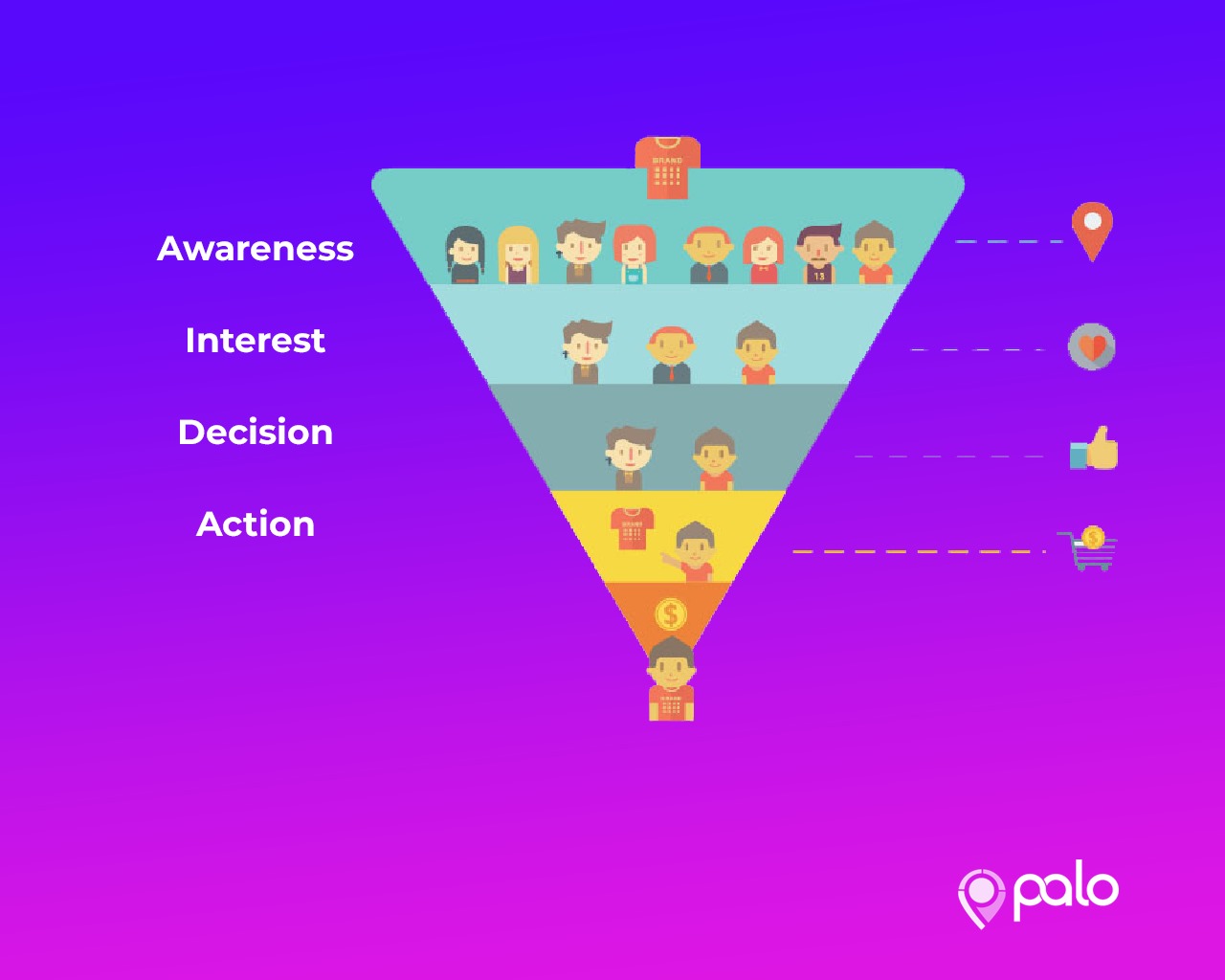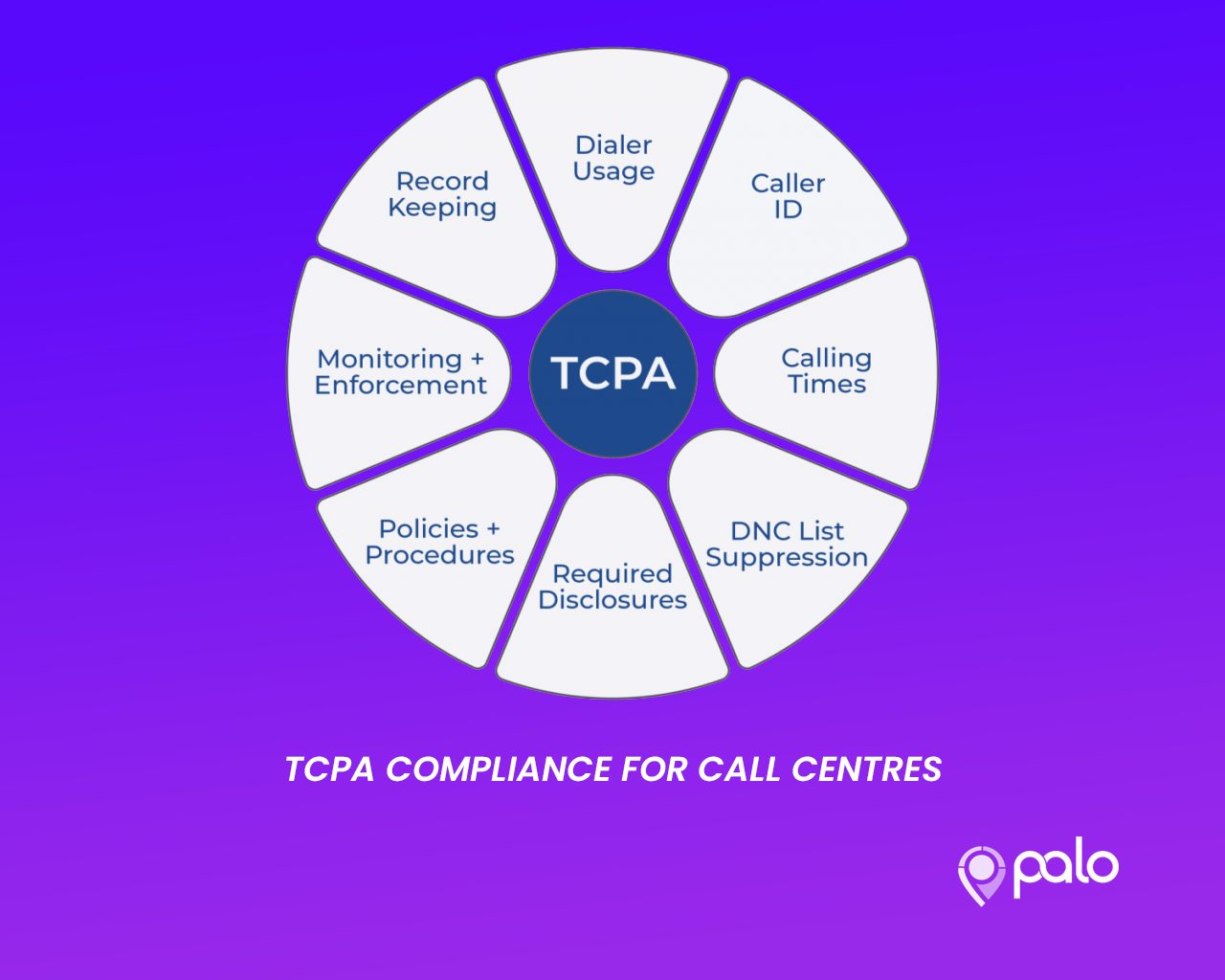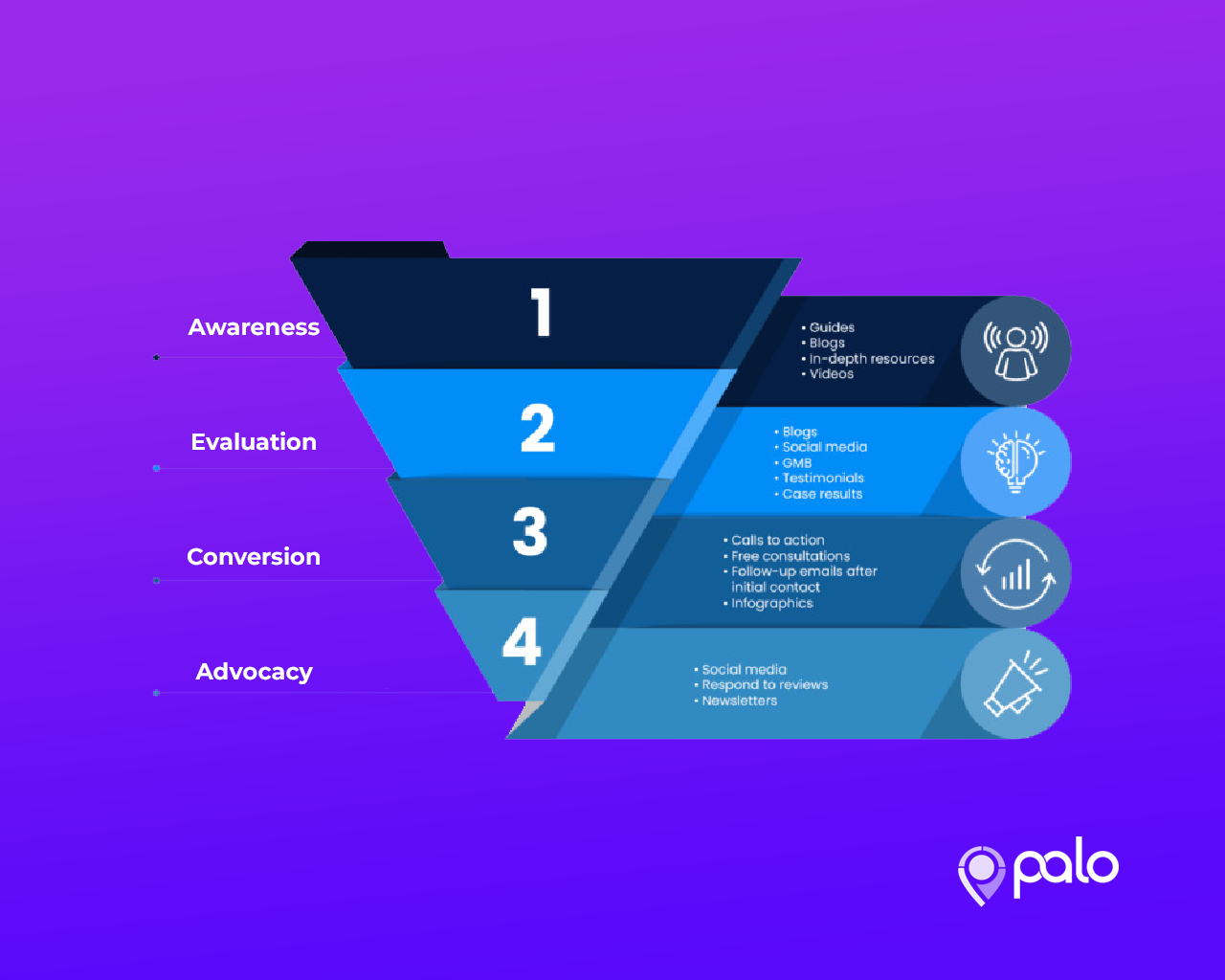
Pay Per Call Advertising/Marketing: Best Practices
Are you looking to generate more inbound calls that will ramp up your sales and take your business to the next level?
If so, then you need to embrace pay per call advertising if you haven’t. With pay per call marketing, you only pay calls sent to your business instead of paying for clicks or some other form of digital traffic.
In fact, pay per call advertising is one of the best ways of generating more customers and revenue at a relatively lower CPA (cost-per-acquisition).
For businesses that value customer calls -such as insurance, home services, legal services, travel, financial services, healthcare and many more- pay per call advertising offers an effective way of generating highly qualified leads.

However, pay per call marketing campaigns can be complex to manage, and affiliate managers must find a way of achieving the best ROI from their campaigns. Everything has to be set up and managed efficiently to attract the ideal customer.
Without a good strategy, your effort may not generate good calls leading to a relatively lower ROI.
In this post, we discuss some of the best practices you can implement to make your pay per call marketing efforts an effective part of your digital marketing strategy. So, let us get started.
1. Determine Clear Campaign Goals
Before you set up a pay per call advertising campaign, make sure you understand what you need to achieve at the end of it. For instance, you can start by analyzing the average number of inbound calls you receive per month and determine how you want to scale those numbers.
Once you have started receiving more calls, determine how you will track the conversion rate and how you will follow up with qualified leads that don’t purchase. Basically, you are trying to establish how success will look like to you.
One thing you need to keep in mind at this stage is that for your campaign to be a success, you will need to compare and monitor MQLs and SQLs.
SQLs stand for sales qualified leads and are people who are highly interested in your offer and are ready to become customers. This is where you should focus most.
However, marketing qualified leads, or MQLs are also important since they have a strong potential of becoming customers. Although they are slightly less valuable than SQLs, don’t throw MQLs out of the window. Instead, find ways of nurturing them and even consider adjusting your offer to convert some of them into SQLs.
2. Create the Right Offer
Once you have established your campaign goals, it is time to create the right offer that will help you achieve the goals. When creating your pay-per-call offer, make sure it is customized to meet the needs of your target audience.
Typically, offers vary from business to business, and you need to study your target audience keenly to understand their needs. For instance, what is right for an auto insurance company in California might not work for a technical college in Florida.

Decide how you want your offer to look like based on your budget, marketing goals, the location where the calls are sent, and business processes.
3. Set Up an IVR System to Pre-Qualify Calls
An interactive voice response (IVR) is automated software that potential leads interact with via voice or phone keypad.
The primary purpose of an IVR system is to pre-qualify a lead and determine how best to route them. This is done by asking a set of questions, and based on the responses received, the system can determine whether the caller is a valid lead or not.
IVR is cost-effective and makes it easy to handle callers 24/7. It eliminates the need for your call center agents to spend a lot of time qualifying calls delivered to your business. IVRs also serve as an efficient barrier for filtering out robot dialers, junk callers, and fraudsters.
However, before you send calls you receive from affiliates to an internal IVR; find out if your affiliates are already using IVR to qualify callers. You want to avoid passing callers through multiple IVRs because it can result in a relatively higher abandonment rate.
4. Test Multiple Versions of Your Ads
Another great way to optimize your ads for pay per call advertising is to test your ad content, images, and videos continually. This is important because there is no way of knowing exactly which type of ad creative will resonate well with different groups of consumers.
For instance, does using an image in your ad encourage or discourage interaction? How about substituting the image with a short video?
The point is that if you want to optimize your pay per call advertising ads for better ROI, then you should consider testing multiple versions of the same ad to find out which format works best.

But make sure you are only changing one item of your ad at a time. This will help you track the performance of different versions of your ad efficiently. Otherwise, changing too many items at the same time makes it impossible to understand which tweak yielded success.
5. Monitor and Track Your Calls
Lastly, make sure you are tracking your calls using unique-tracking numbers so that you can know which ads and locations are generating calls for your business.
Consider assigning every campaign you set up a unique tracking number that will help you know which content the user interacted with before dialling your business phone number.
Even as you assign call-tracking numbers to your ads, consider using local telephone numbers to attract attention and build a sense of trust with the local shoppers when they compare different brands.
Join Our Team Today
At PALO, we are not just a team, we’re family, and our primary goal is to see you succeed in the competitive business world. Whether you are a business looking to buy calls or an affiliate looking to sell calls, we can help you accomplish your goal. Contact us today to get started.






